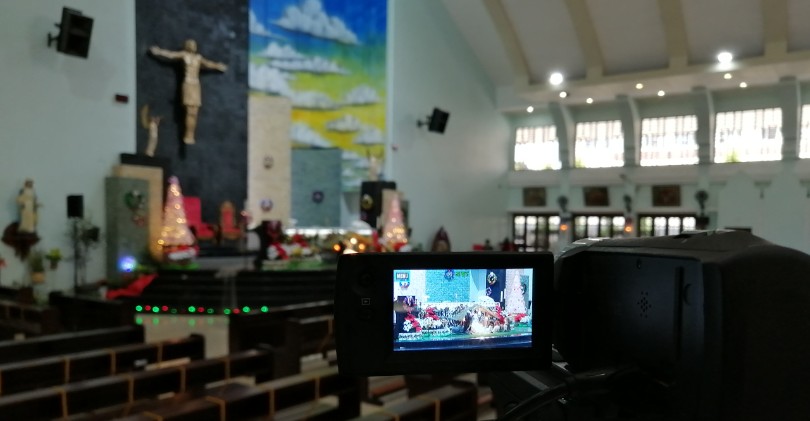This is a guest post by Rebecca Leigh. Read more about how you can guest post on Christian Web Trends here.
In this age of technology and the internet it is unsurprising that a lot of churches are turning towards using live streaming to deliver their sermons to a wide variety of people. The benefits are numerous from reaching more people, providing loyal congregants who maybe no longer can make it to the physical building a way to worship, and giving you a way to connect to people who may be interested in helping with your church.
The issue comes in with how you can make that live stream the best it possibly can be, so here are 10 tips to get you started.
- Test Privately
“You’re going to have some hiccups getting started, it’s normal,” says business writer Jordan Preston from UK Writings review and UK Services Reviews. To avoid any embarrassing errors being shown to the public start by having a private stream to identify any issues.
- Be Authentic
Just because you’re in front of a camera doesn’t mean you need to play anything up. Give a true representation of your church and don’t try and be what you think you should.
- Invest in good Microphones
There is nothing worse than watching a stream with terrible audio. People are more likely to turn off from poor audio than poor video quality. Ensure microphones are placed accordingly and that the sound is clear.
- Utilize Chat and Online Forums
“You have the ability to speak to the masses and sometimes they want to speak back don’t forget that,” Christopher Hagan, marketing manager for Revieweal and Elite Assignment Help, reminds us. Take the time to engage with viewers, have a dedicated individual watching chat to welcome people and answer questions. This also could be used for moderating the chat, remember you are on the internet not everyone will be appropriate. Outside the live chat online forums can give you a way to learn more about your audience and perhaps find new volunteers for your church.
- Invest in a good Camera
Shooting from a smartphone is fine when starting out, as long as you have a tripod or some way to keep the camera steady. But given the usual size of churches you may find it easier to invest in a good camera that can record more in better quality.
- Shoot in HD
Speaking of recording in better quality, if you can shoot in High Dimension (HD) to give the best viewing experience. This is less important starting out but if you want people to be able to view the stream as if they are part of the live congregation then you need to make the video quality match reality.
- Have a good Computer
You are going to be working with sound mixers, camera footage, live stream software and the live chat. This will require a computer with a good amount of power and enough CPU to handle the stream load.
- Have a good Internet Service Provider (ISP)
You also want to make sure you have a good ISP to make sure that you can actually broadcast the live stream and have enough bandwidth to do so in order to give viewers the best experience. You need a fast upload speed to do this and you need it to be reliable.
- Bank Your Streams for Future Watching
You may have a limitation of an hour sermon but the internet doesn’t, feel free to have the recording available to watch later for those who want to and consider streaming the service multiple times in one day. This has the added benefit of allowing you to go back and review recordings to make sure they are the best quality possible.
- Never use Pre-recorded or Copy written material
It’s tempting but avoid using Apple Music or Spotify during your service, it will just lead to issues of copy write holders trying to shut down the stream or taking down videos you have available to watch again. Consider what music you play and if you are allowed to broadcast it without issue.
Overall there are many ways you can improve your churches livestream and these ten examples are just the tip of the iceberg. Take time to use those direct lines with viewers to get feedback and learn of ways to improve.


